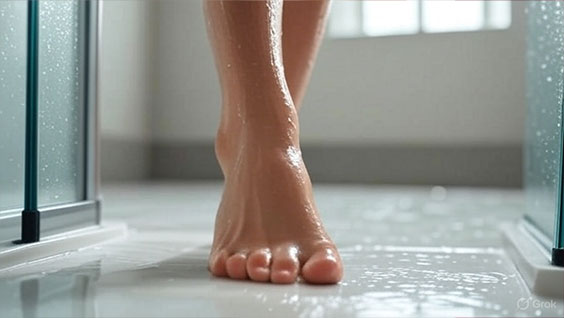In film, the camera can zoom in on a detail, guide the eye, control rhythm, and hold focus. In literature, we must do all of this with words – without a lens, without lighting, without an image.
A closeup in text requires the author to describe each detail so precisely that the reader not only sees it but also feels its mood, tension, and perhaps even arousal. This is only possible if we learn to see the body – without shortcuts, without vague qualifiers like “beautiful,” “perfect,” or “amazing.”
What a Literary Closeup Must Achieve
- Visual precision – tell the reader exactly what they see, not what to feel.
- Individuality – no two bodies are alike; specificity builds credibility.
- Sensory integration – a closeup can convey temperature, scent, skin tension, or movement.
- Voyeuristic focus – place the reader inside the eyes of someone who is deliberately looking.
Common Mistakes
- Using adjectives instead of imagery.
- Describing generic bodies – all breasts “full,” all legs “long.”
- Losing focus by moving on too quickly.
- Avoiding direct naming due to shyness.
The Training Path
- Observe – choose one body part, describe it with at least five precise traits.
- Detail chain – move from one small segment to the next, without skipping.
- Add sensory depth – bring in touch, smell, warmth.
- Hold focus – stay on a detail longer than feels comfortable.
- Describe taboo zones – anatomical precision without vulgarity.
- Control the gaze – guide the reader’s eyes from one end of the body to the other.
With practice, you’ll be able to “film” with words so vividly that your readers see, recognize, and remember every figure you create.
From close-up to character
Regular practice builds confidence. If you can “draw” each body part individually, you will be able to create entire characters that come to life in the reader’s mind.
The advantage: it’s not just erotic scenes that benefit from this. Characters in crime novels, romance novels, and historical fiction also seem more real when they are physically believable.
A close-up in literature is not a technical gimmick, but a lesson in precision. Those who learn to see like a camera and focus with words can describe any character in such a way that the reader sees them, recognizes them—and never forgets them.

